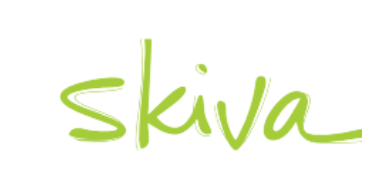How to Identify and Treat Common Skin Issues Caused by Bras
How to Identify and Treat Common Skin Issues Caused by Bras
When it comes to innerwear, comfort is key. However, many people have encountered the discomfort and irritation that can come with wearing bras and other types of lingerie. From itching and redness to more severe rashes, skin issues caused by innerwear can be quite disturbing. In this article, we’ll explore the reasons behind bra-related skin irritation, how to identify common skin issues, and the best ways to treat and prevent these problems.
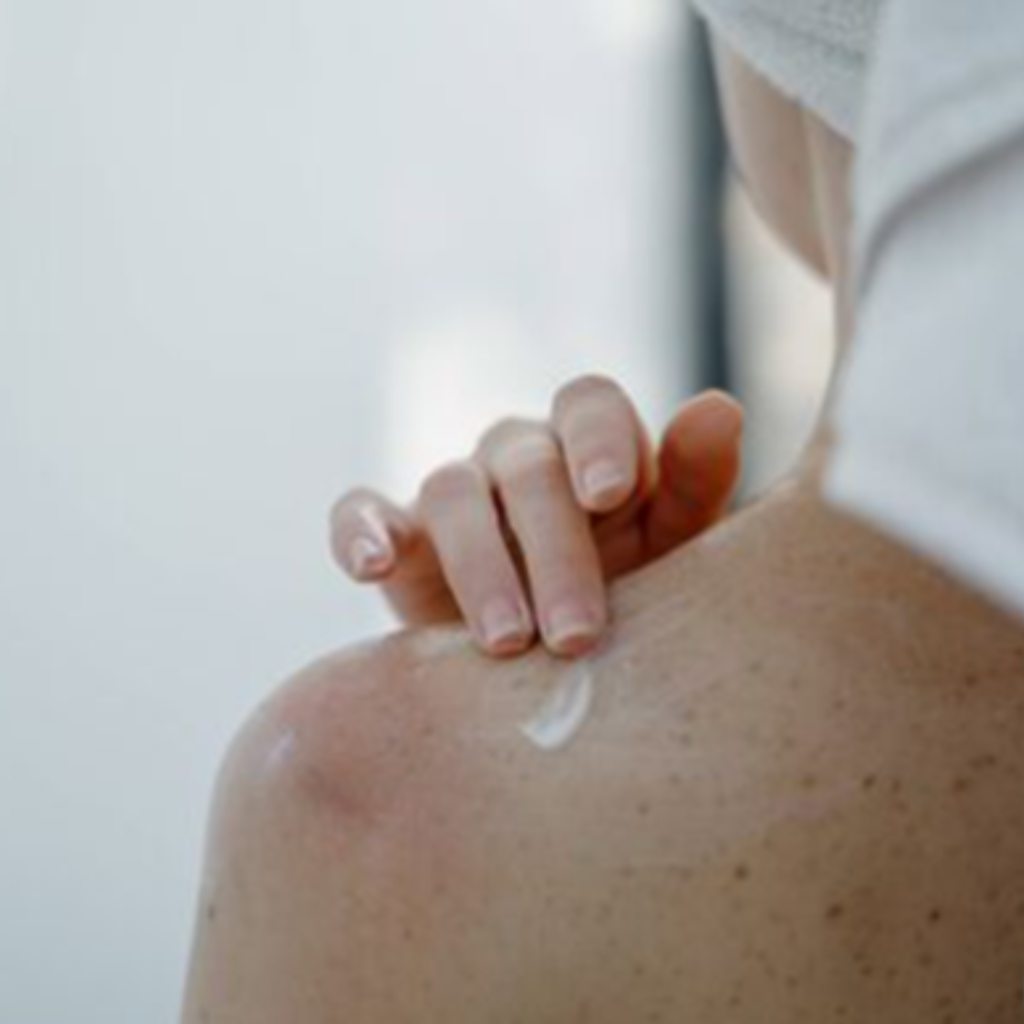
How Does My Bra Irritate My Skin?
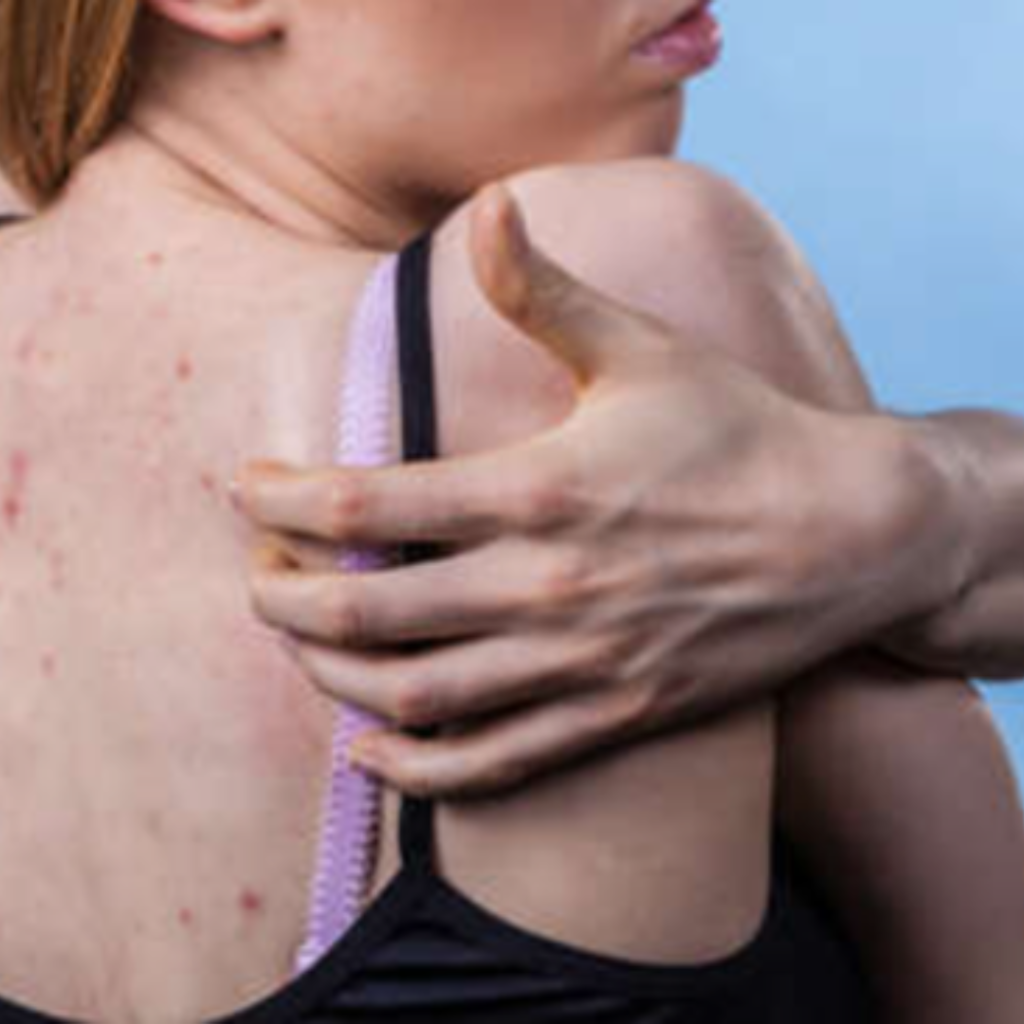
Common Causes
Fabric Allergies
One of the main causes of skin irritation from bras is fabric allergies. Synthetic materials such as polyester and nylon are commonly used in bra manufacturing which might trigger allergic reactions in some individuals. These reactions often appear as redness, itching, or hives.
Tightness and Chafing
Wearing a bra that’s too tight can cause chafing, where the fabric constantly rubs against your skin. This can cause sores, redness, and irritation, particularly in areas like the underbust and straps.
Moisture and Heat
Bras can trap moisture and heat, creating an ideal environment for bacteria and fungi to thrive. This might result in conditions like heat rash or fungal infections, especially under the breasts.
Fit and Design
Proper Sizing
A properly fitting bra is crucial for preventing skin irritation. Wearing bras that are either too tight or too loose can cause friction and pressure on the skin. Make sure to get a professional fitting to find your perfect size.
Seam Placement
The comfort of a bra can also be influenced by its design, particularly the placement of seams. Seams positioned on sensitive areas can lead to chafing and discomfort. You can opt for seamless designs or bras with flat seams to minimize these issues.
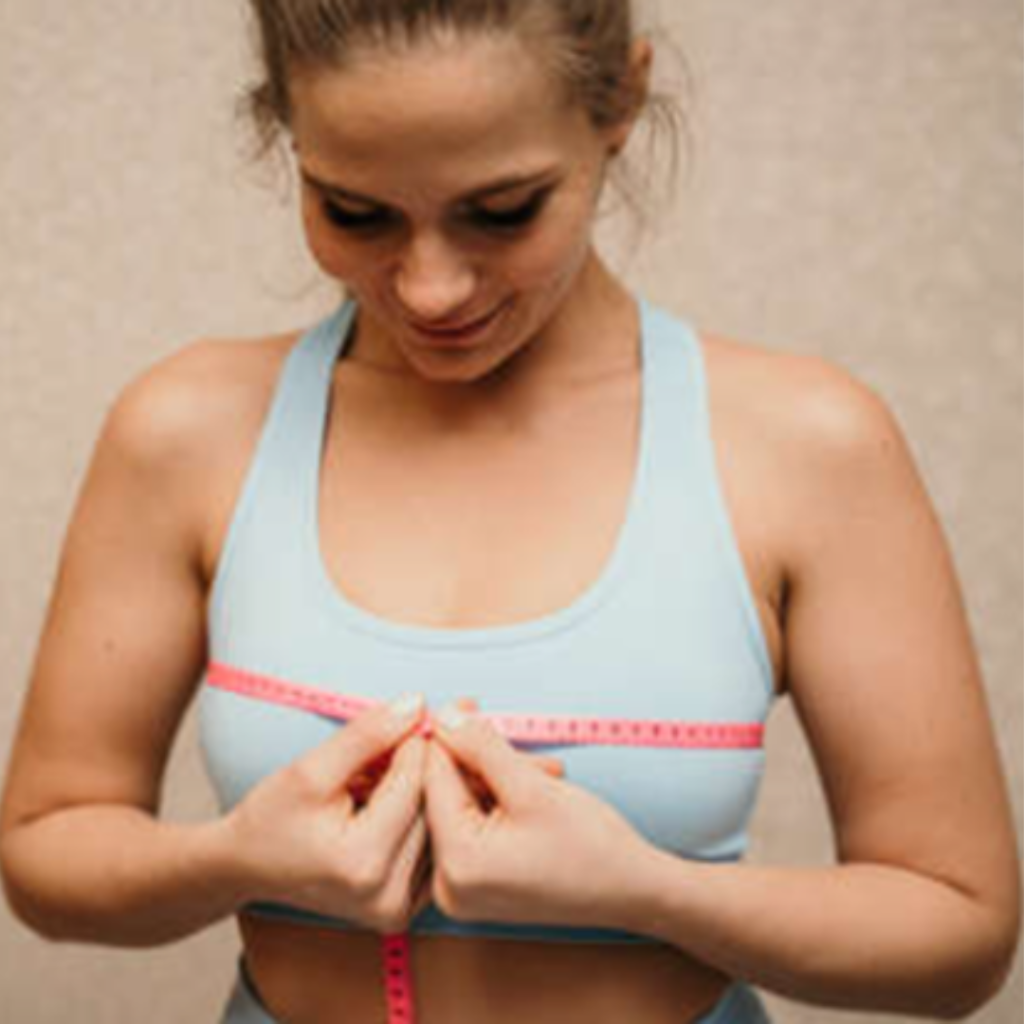
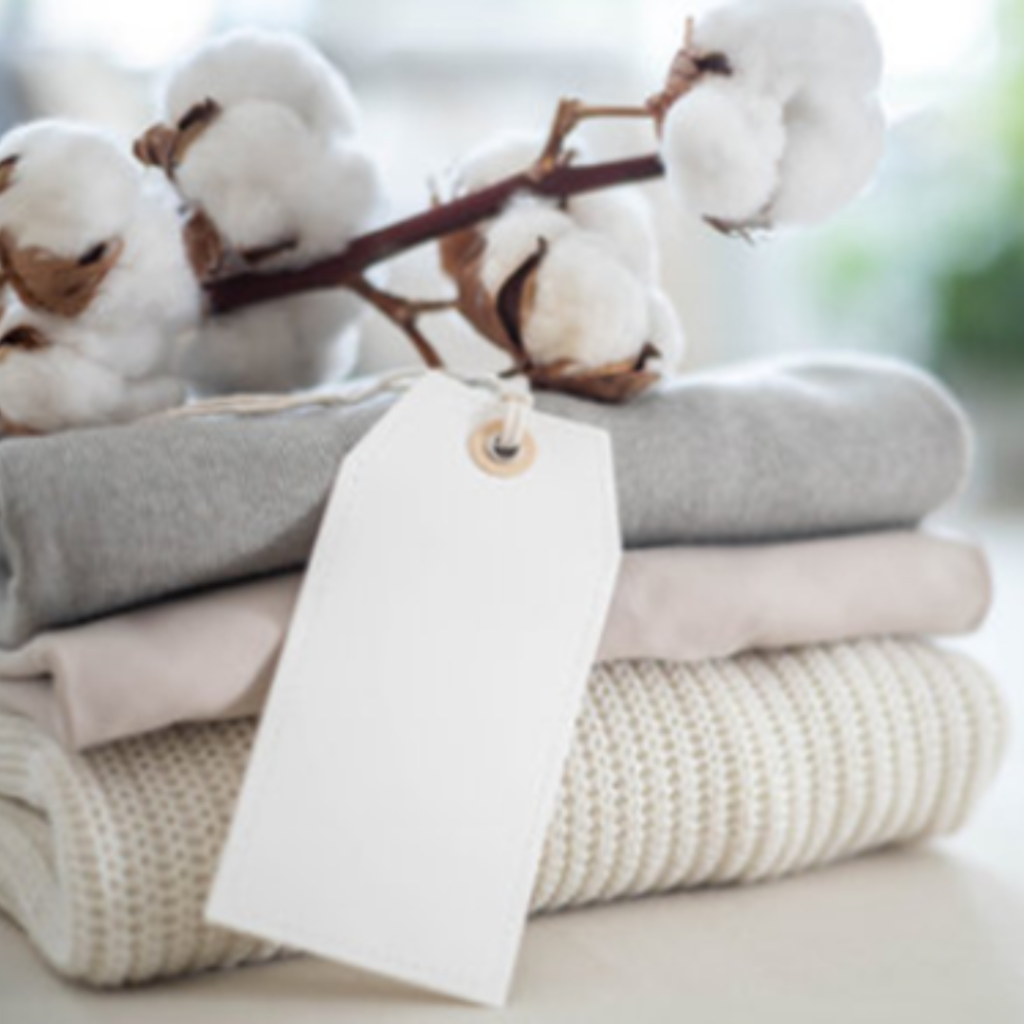
Material Matters
Synthetic vs. Natural Fabrics
Bras made from synthetic materials such as polyester, nylon, and spandex are more likely to cause skin issues compared to those made from natural fabrics like cotton. Natural fabrics are generally more breathable and less likely to cause allergic reactions.
Hypoallergenic Options
For those with sensitive skin, consider wearing hypoallergenic bras for added comfort. These bras are specifically designed to minimize allergic reactions caused by common irritants such as latex and nylon. Look for bras labeled as hypoallergenic or crafted from organic cotton.
Signs of Irritation
Redness and Rashes
Redness and rashes are common indicators that your bra is causing skin irritation. This can result from friction, allergic reactions, or infections. If you experience red, irritated skin after wearing your bra, it’s a clear sign that something isn’t right.
Itching and Swelling
Itching and swelling could also be signs of irritation, potentially resulting from an allergic reaction to the fabric or friction caused by a poorly fitting garment.
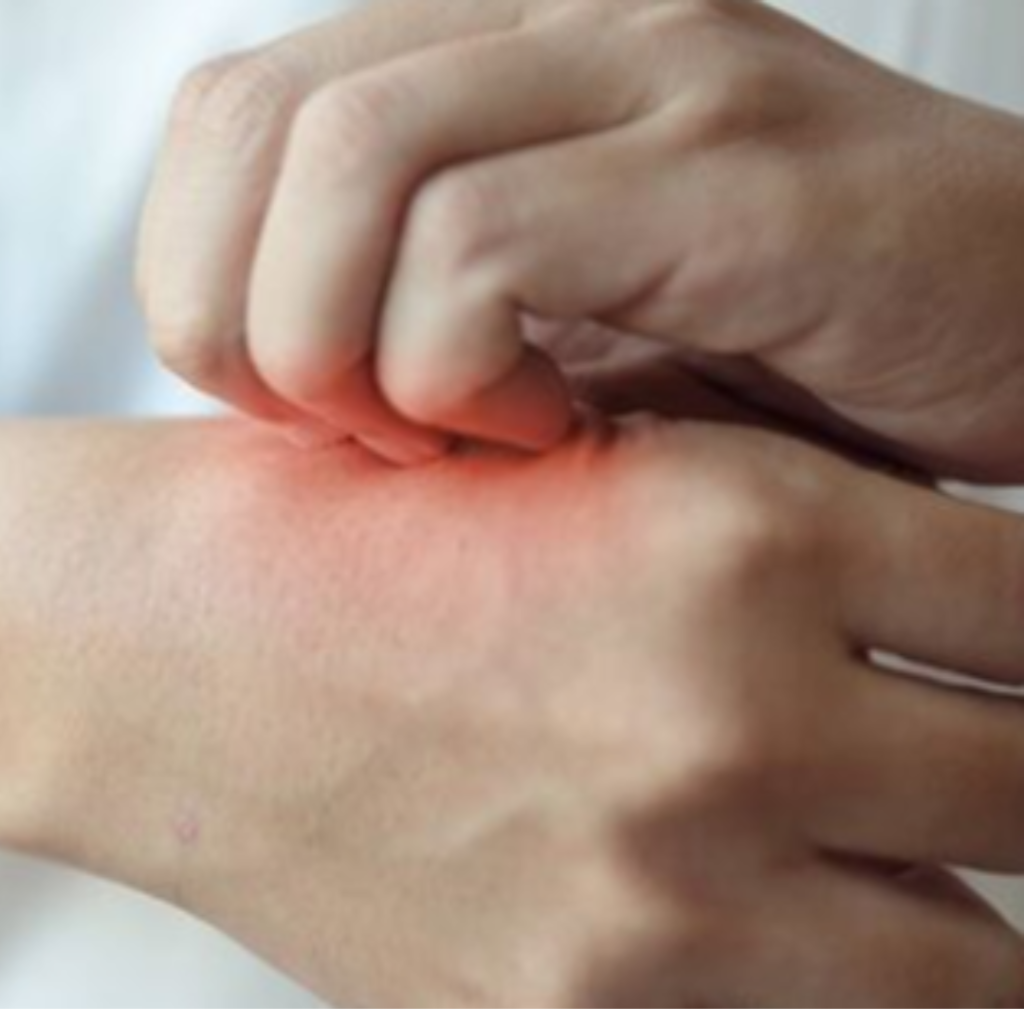
What are the Common Skin Issues?
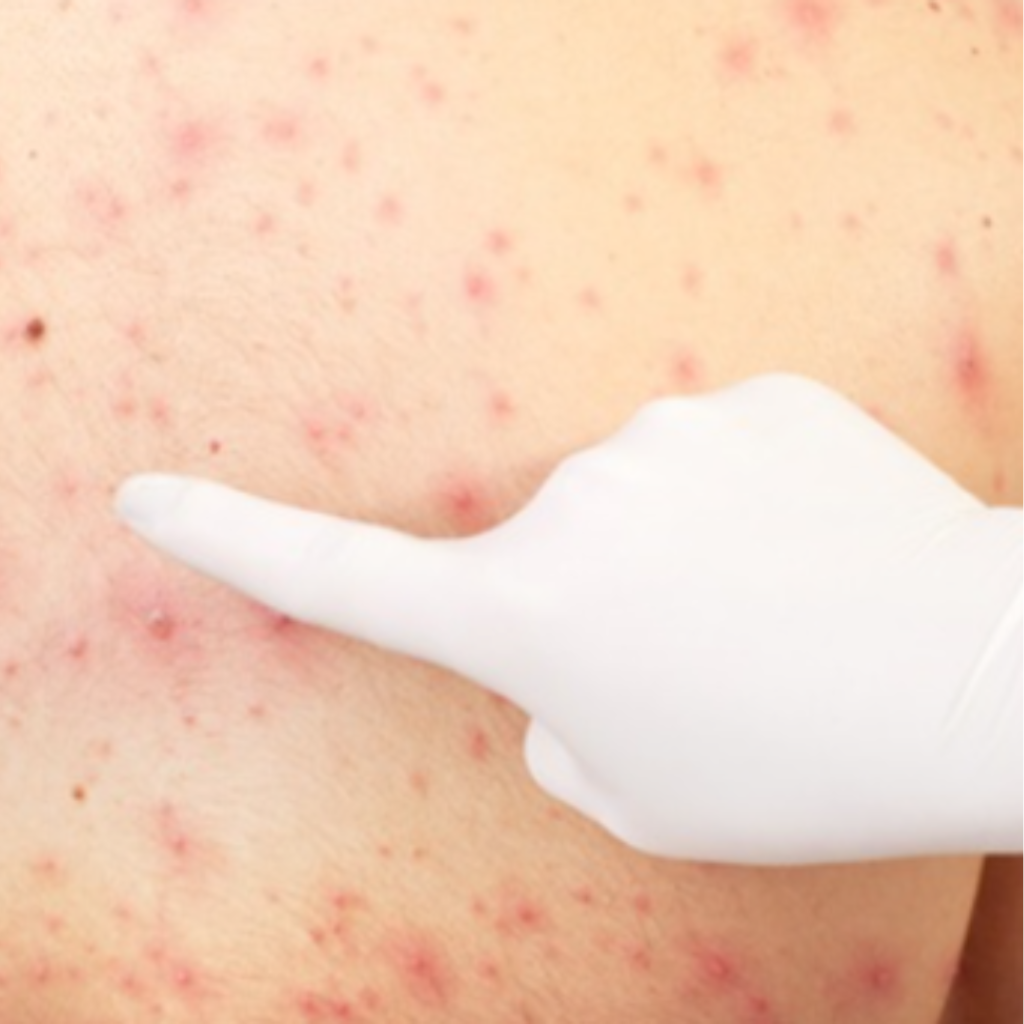
Allergic Contact Dermatitis
Symptoms: Red, itchy, inflamed skin, swelling & small blisters in severe cases
Triggers: Synthetic fabrics, dyes, certain types of elastic used
Irritant Contact Dermatitis
Symptoms: The symptoms resemble those of allergic contact dermatitis, but they are caused by physical irritation rather than an allergic reaction.
Prevention: Choose bras that are gentle on skin, ensure proper fitting, avoid using hard detergents when washing your bras.
Heat Rash
Causes: It happens when sweat is trapped in the skin, leading to small red bumps and itching. It is most common in hot, humid conditions and in areas where the skin is in constant contact with the fabric of the bra.
Treatments: To alleviate discomfort, keep the affected areas cool and dry. Apply talcum powder to minimize moisture and opt for breathable bras.
Treating Skin Issues Caused by Bras
Immediate Remedies
Cold Compresses
Using cold compresses can effectively reduce inflammation and soothe irritated skin, providing immediate relief from itching and redness.
Over-the-Counter Treatments
Over-the-counter creams with hydrocortisone can alleviate itching and inflammation. If the irritation is due to an allergic reaction, antihistamines can also be effective. However, before purchasing any medication, it is always advisable to seek advice from a doctor or pharmacist.

Long-Term Solutions
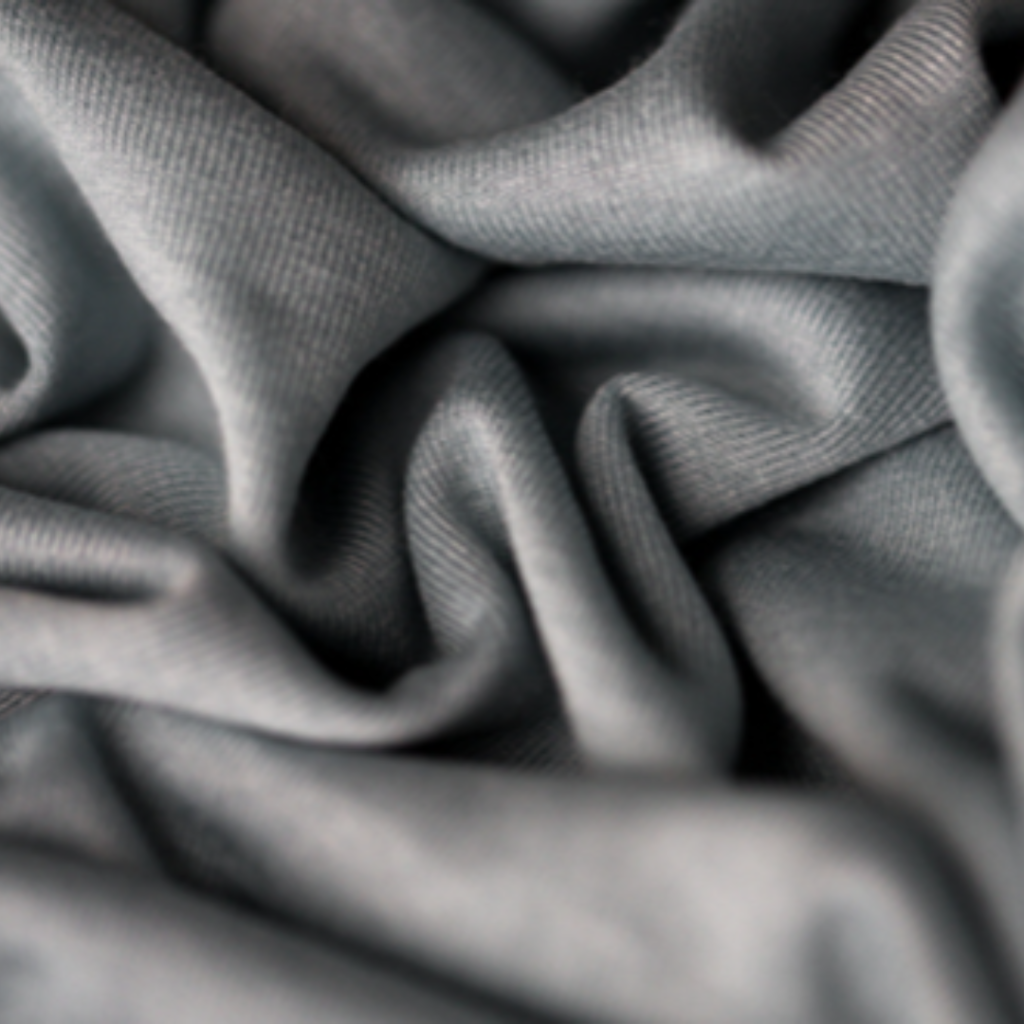
Choosing the Right Fabric
Opting for bras made from natural, breathable materials can help avoid numerous skin problems. Wearing the right kind of bra can significantly reduce the likelihood of skin irritation.
In Skiva, we take pride in designing our bras using natural and breathable materials, including bamboo charcoal fabric and 3D fiber fill bra pads. These innovative materials provide superior comfort and support while minimizing skin irritation, ensuring a perfect fit for everyday wear.
Ensuring Proper Fit
A professional fitting can make a significant difference. When a bra fits properly, it minimizes friction and pressure, greatly reducing the risk of skin irritation.
Prevention Tips for Skin Irritation
Daily Care
Cleaning and Maintenance
Wash your bra regularly using gentle and hypoallergenic detergents. Avoid fabric softeners as they can leave residues that irritate the skin.
Skin Care Routine
Create a skincare routine that includes moisturizing and utilizes products specifically designed for sensitive skin to minimize irritation
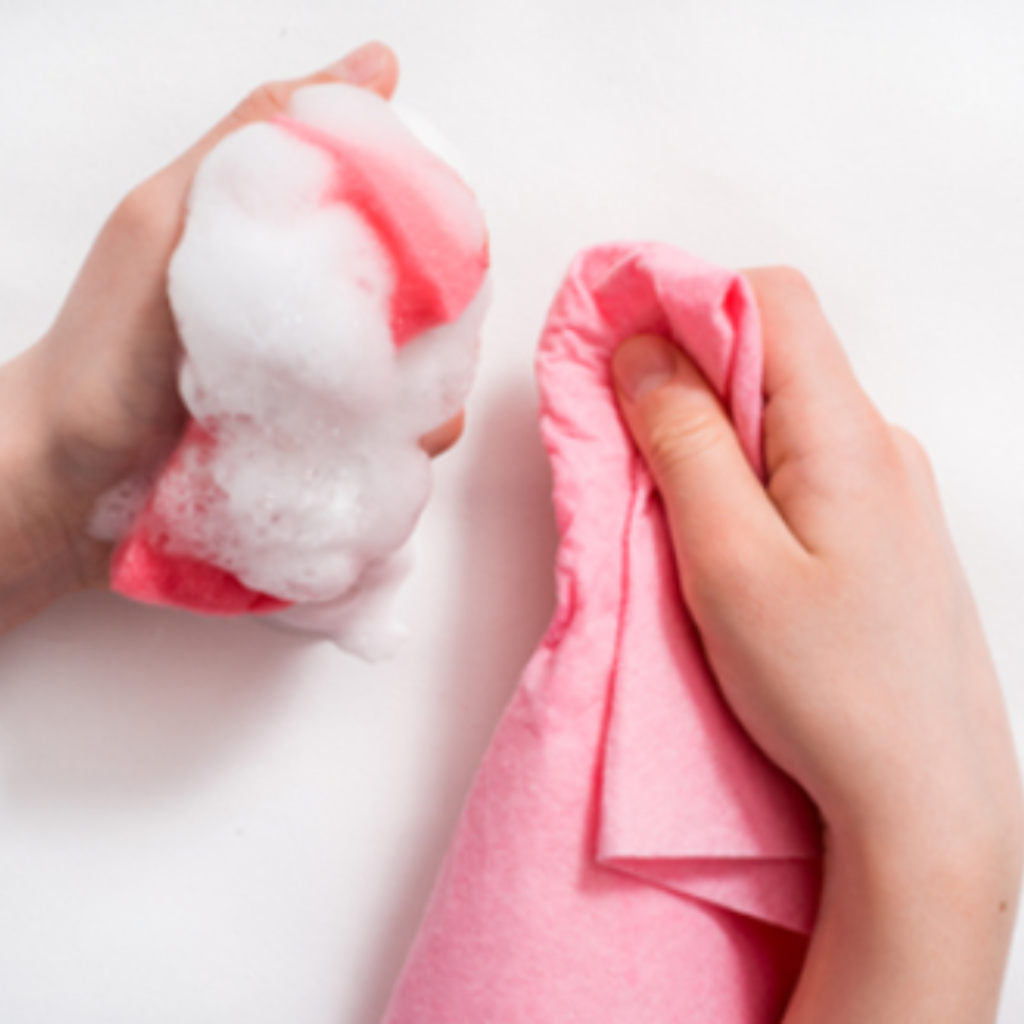
Choosing the Right Bra
Material Selection
Choose bras crafted from hypoallergenic and breathable materials. If you have sensitive skin, avoid synthetic fabrics.
Fit and Comfort
When choosing bras, prioritize comfort. Make sure bras fit properly without digging into your skin. Opt for seamless designs and wide straps to enhance comfort and minimize irritation.
Dealing with skin irritation from bras can be frustrating, but with the right knowledge and approach, you can effectively prevent and treat these issues. Choose materials wisely, ensure a proper fit, and maintain good hygiene to keep your skin healthy and happy. Investing in a quality bra isn’t just about comfort—it’s about taking care of your skin.
